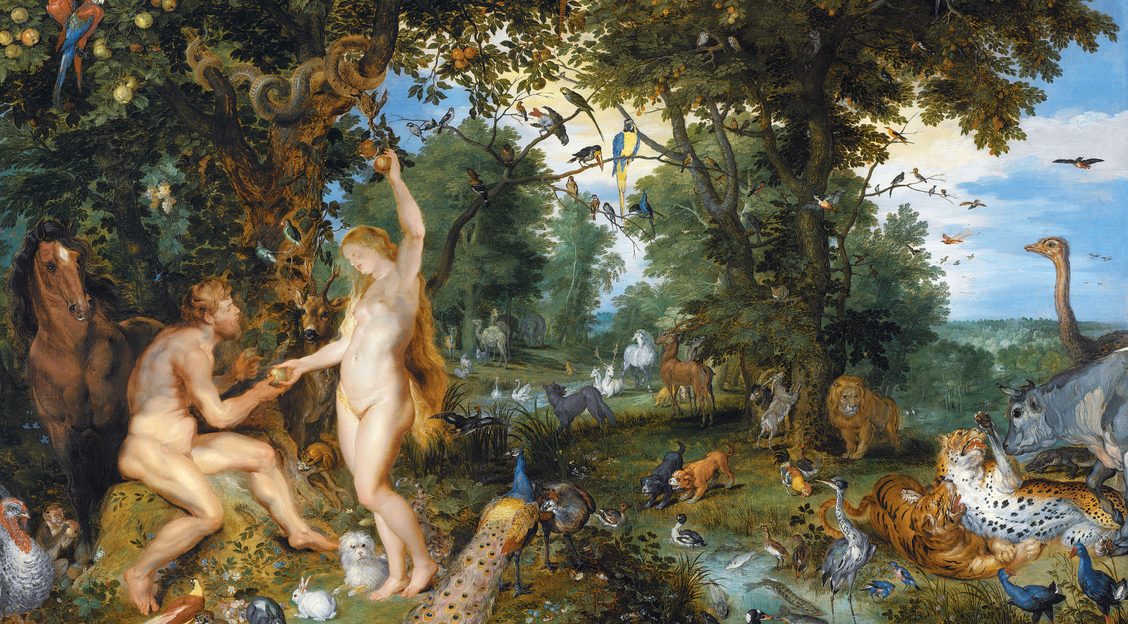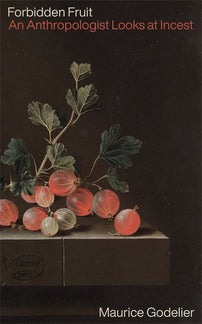One flesh: the prohibition of incest in the West
Anthropologist Maurice Godelier considers the Christian dogma of ‘una caro’ as a way to understand the incest taboo in the West.

To legitimize the prohibition of sexual relations between parents and children and between brothers and sisters, Christian theology invokes the dogma of una caro, which stipulates that when a man and a woman unite sexually, they become one flesh, and their children are the flesh of their flesh. What role has this dogma played in the prohibition of incest in the West?
In Western societies, Christianity has moulded sexual practices and prohibitions for the last 2,000 years. To understand the representations of incest that began to spread with the Middle Ages, we need to evoke a principle that the Bible traces back to Adam and Eve: when a man and a woman, married or not, unite sexually, they form one body, and this body is also that of their children: this is known as the dogma of una caro. In Genesis 2: 23–24, we read that Eve was created from Adam’s body. When Adam sees Eve, he exclaims:
‘“This at last is bone from my bones, and flesh from my flesh . . .” This is why a man leaves his father and mother and joins himself to his wife, and they become one body’ (The Jerusalem Bible).
This thesis – according to which Eve, the first woman, was born from a piece of Adam’s body, so that they were, therefore, one flesh – would pose a few problems for Christian theologians. In the fourth century CE, in his book The City of God, Saint Augustine (354–430) acknowledged that the notion of una caro led to the conclusion that all humans descend from a series of incests: that between Adam and Eve after having been driven from Paradise, and then that of their children and their children’s children. He writes:
He goes on to say, ‘as soon as there came to be a supply of possible wives, who were not already their sisters . . . no longer was there a necessity for unions between brother and sister; such unions henceforth were banned’. This was for the greater happiness of humankind, for ‘affection was given its right importance so that men . . . should be bound together by ties of various relationships . . . and in that way they should help bind social life more effectively by involving in their plurality a plurality of persons’.
Sixteen centuries later, Claude Lévi-Strauss would say much the same thing when praising the social advantages of exogamy and the multiplication of alliances. Saint Augustine knew full well that the ancient fathers did not like to marry half-sisters or full sisters, but they certainly liked to marry wives from their own family, and that, in the surrounding tribes, men continued to marry close cousins. He condemns this union in the name of decency, which ensures that ‘kinship gives a woman a claim to honour and respect, she is shielded from the lust which, as we know, brings blushes even to the chastity of marriage’.
Sexual desire, as a source of sin, is therefore excluded by the church. The only acceptable use of sex is for reproduction, without desire. The fate of sexual desire in Western society was thus sealed. On the other hand, the sacred texts of ancient India prescribe that a wife should pleasure her husband in all ways (cf. the Kama Sutra, which proposes positions for bringing sexual pleasure to both partners).
On the other hand, the Christian dogma of una caro would considerably expand the definition of incest, wouldn’t it?
Indeed, if husband and wife form one and the same body, and if this is also the case for parents and children, then the sister-in-law is as a sister, the brother-in-law is as a brother, the father-in-law as a father, the mother-in-law as a mother, while first cousins are as siblings and so on. By transforming affines into quasi-consanguines, Christian mythology expanded the circle of incest like concentric ripples in a pond. By the thirteenth century, the prohibition extended to cousins of the seventh degree – which the Catholic Church reduced to four and then two degrees over the following centuries. It must be remembered that, until the twelfth century, marriage, in Catholic Europe, was not a sacrament but an alliance between families; only later did it become a sacrament, celebrated before God in church, and therefore an unbreakable bond with no possibility of divorce, unless the union had not been consummated. This is not the case in the Orthodox Church, which authorizes divorces and the possibility of three marriages, or in the Protestant churches.
Let me add that in many societies, saying to a man that when he has sexual relations with a woman, he becomes the body of this woman, will cause him to vomit at the very idea of identifying with a woman, who is a source of impurity.
— An edited excerpt from Forbidden Fruit: An Anthropologist Looks at Incest by Maurice Godelier, translated by Nora Scott.
[book-strip]
